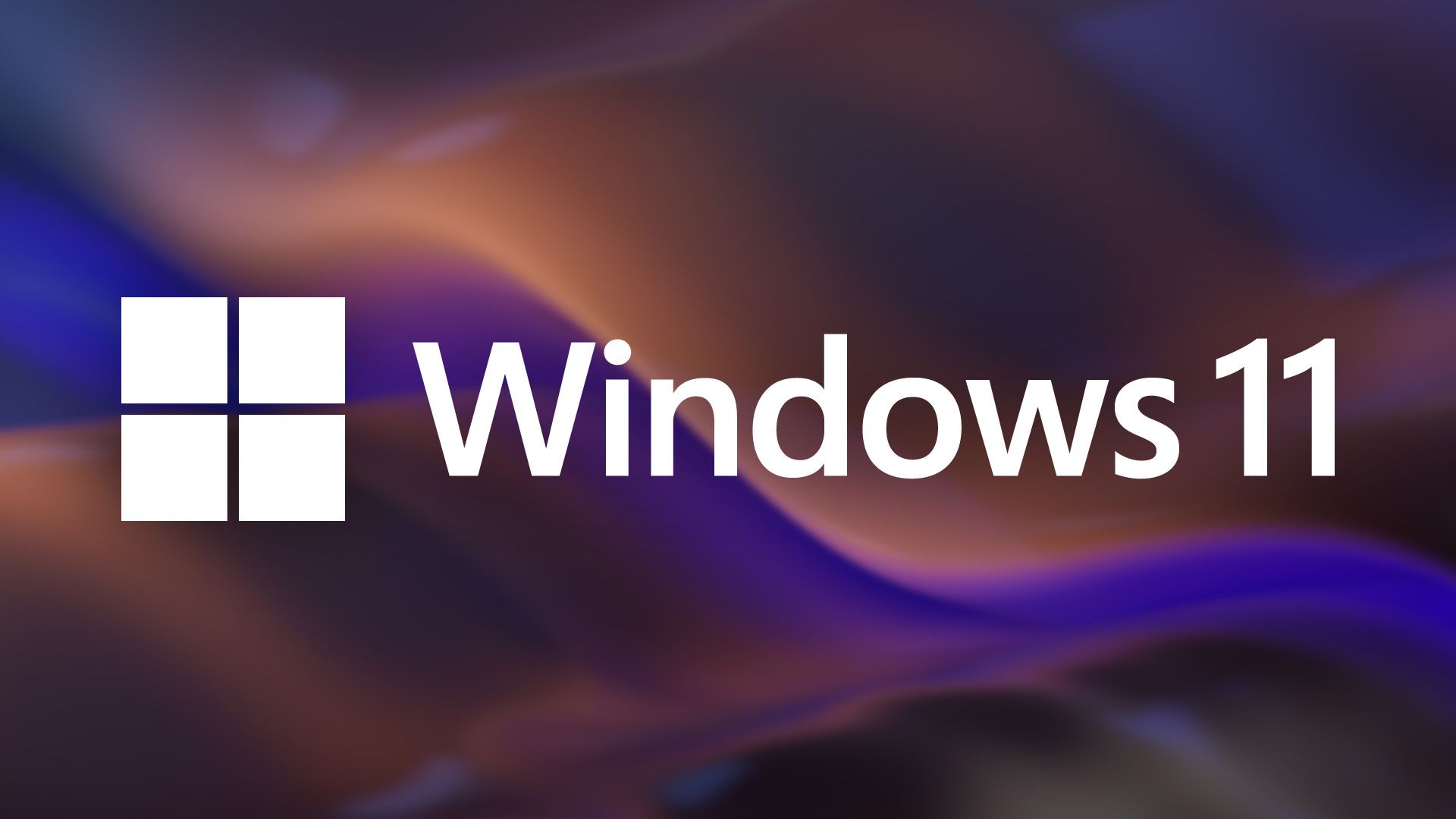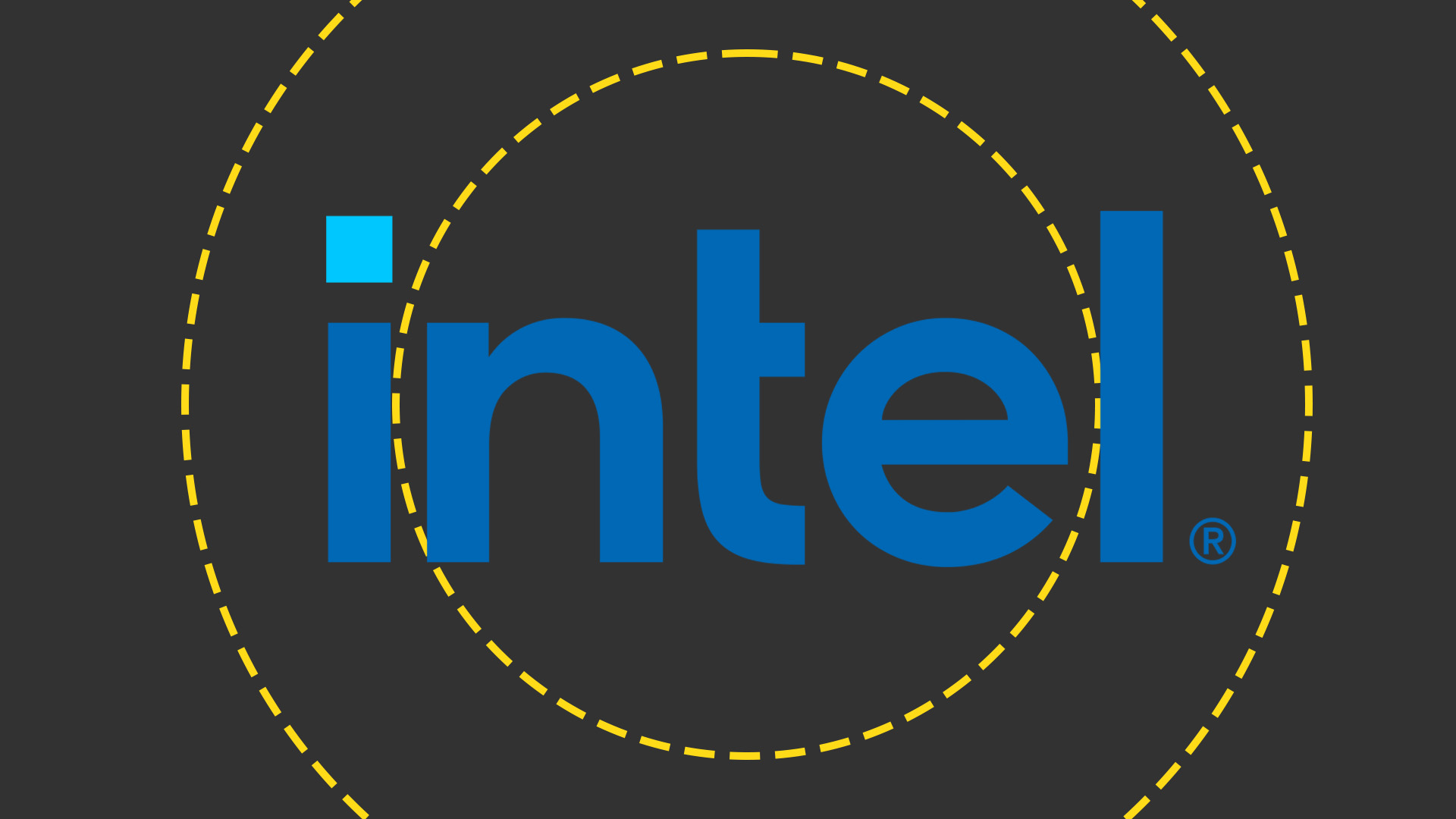What is DDoS in gaming? How to stay safe as a player or host

Nothing takes the wind out of your sails like getting hit with a DDoS attack mid-match. Whether it’s ranked, a tournament, or just a casual game with friends, the lag and disconnects ruin the fun. To prevent that from happening, it helps to understand what DDoS is in gaming.
DDoS attacks aren’t new, but they’ve gotten more aggressive and easier to do. Any troll with a few bucks to spare can get a cheap match booter and DDoS you out of a game. Meanwhile, larger attacks target entire servers, taking them down or compromising connection quality.
Below, we’ll go over the definition of DDoS and how the attacks are performed. We’ll also cover the difference between a standard DoS and DDoS, and list some infamous examples. Finally, we’ll look at multiple ways to prevent or defend against DDoS, both as a regular player and as a private server owner.
What is DDoS, and how does it affect gaming?
DDoS is a type of denial-of-service (DoS) attack, and stands for Distributed Denial-of-Service. Basically, a DDoS in gaming can shut down sessions by flooding your connection or your server with fake traffic.
This traffic usually comes from botnets – huge networks of hacked devices spread across the world. Even cheap smart devices like old routers or webcams can join the barrage of network requests, causing lag, disconnects, or even crashes, making it hard or impossible to play.
High-stakes games like tournaments suffer the most, where even a short attack may ruin hours of play and disrupt events. The same goes for “hardcore” MMO servers, where a disconnect at the wrong time can mean losing your character permanently.
DDoS vs DoS: What’s the difference?
The primary difference between DDoS and DoS is the number of sources from which the attack originates. A DoS uses one system to flood a target, while a DDoS attack in gaming uses hundreds or thousands. DDoS attacks are more difficult to block since they originate from multiple IP addresses.
Both types can be used to crash matches or boot players from the game. However, DDoS is more common, as it’s harder to trace and more effective at causing delays. Even if you block one source, others can keep the attack going, which makes it much tougher to stop.
What is a DDoS example in gaming?
One of the most extreme DDoS attacks in gaming targeted one unlucky Minecraft server (Minemen Club) in 2024. The traffic came from a botnet based mostly in Russia, Vietnam, and South Korea, with sources in 15 other countries.
Global Secure Layer reported that the attack hit 3.15 billion packets per second (PPS). This makes it the largest ever recorded by sheer volume of requests, although it was surpassed in bandwidth by Cloudflare, which handled a 5.6 Tbps attack just two months later.
Blizzard is no stranger to DDoS attacks, whether it’s Overwatch 2’s servers getting hit twice on launch day, or a famous WoW Classic hardcore guild pausing activity so players wouldn’t lose their characters to a random disconnect.
Can you avoid a DDoS attack?
DDoS attacks are avoidable if attackers target your IP address specifically, and we’ll get to how you can do that in a minute. However, as seen in the examples above, these attacks often target entire servers to cause as much damage as possible.
Moreover, newer online games often feature company-hosted servers that conceal player IPs for privacy and security purposes. Gone are the days when you’d hand out your IP to friends just to play something like Counter-Strike 1.6 or Call of Duty on a custom server.
Related: Will I get banned for using a VPN in CS:GO?
Not much you can do to avoid a server-focused DDoS attack as a regular player. It’s up to whoever runs the show to protect their network, whether it be through working with a service like Cloudflare or Global Secure Layer, or by using specialized hardware and routing setups that can filter bad traffic before it hits the game servers.
Can you fight a DDoS attack with a VPN?
Yes, you can fight a DDoS attack with a VPN, as they hide your real IP address. When you use a VPN, the attacker floods the VPN server instead, making it harder for them to kick you offline during a match or stream.
However, not all VPNs can handle a full DDoS. You’ll want one of the best VPNs for gaming, built to handle high traffic and stay stable under pressure. Otherwise, if your VPN drops during the attack, your IP may leak and leave you exposed.
Now, a VPN is a great tool against DDoS in gaming, but it’s not a perfect shield—just one of several things you can do. Read on for more tips to keep your matches headache-free.
How to prevent a DDoS attack in gaming
Besides using a VPN, there are several other ways to protect yourself against sore losers. Here’s what you can do:
- Avoid suspicious links in chat or emails: When they’re not pushing phishing scams to steal your login details, attackers may use IP grabber links to detect and DDoS your network. A VPN will mask your real IP, but make sure it has built-in leak protection.
- Don’t download sketchy software: That aimbot, texture mod, or “FPS booster” might come bundled with malware that quietly sends your IP (or worse) to someone looking to mess with your connection. Even if you’re not cheating, be picky about what you run.
- Install a reliable antivirus: If you do end up downloading something shady, anti-malware software gives you a line of defense against spyware that could expose you to attackers, or “botware” that turns your device into a zombie on their botnet.
- Restart your router: If you think you’ve been targeted or your IP was exposed, rebooting your router can sometimes assign you a new one. It won’t stop an attack in progress, but it may break the connection.
- Play on dedicated servers: Stick to games that use server-based matchmaking instead of peer-to-peer lobbies, especially on consoles. Dedicated servers usually hide your IP and are more resistant to DDoS.
- Tighten your privacy settings: On PlayStation, party voice chat uses peer-to-peer VoIP technology, which lets attackers use IP sniffers (like OctoSniff) to grab your IP during a session. Avoid joining random parties or voice chats with strangers, and set invites to “friends only” to lower the risk.
DDoS protection tips for private game servers
Running your own Minecraft or modded game server, or reliving the golden days of LAN parties with your buddies in Age of Empires, Halo, or Starcraft? Then here’s how to keep your setup from getting nuked by a bored teenager with a $20 botnet:
- Use a hosting provider with DDoS protection: If you’re renting a server for your game, make sure your provider has a great anti-DDoS system. Many budget hosts don’t, so it’s worth checking before you get hit.
- Don’t expose your home IP: Hosting from home is risky, so avoid posting your IP publicly. Use a VPN with port forwarding or a DDoS-protected tunnel service like TCPShield or Cloudflare Spectrum to mask your real address.
- Install a firewall and monitor traffic: Set up basic rules to block suspicious connections and watch for traffic spikes. Tools like pfSense or even your router’s built-in firewall can help keep basic attacks at bay.
- Limit who can join: Use whitelists, passwords, or invite-only systems. If strangers can join your server freely, it’s way easier for one of them to grab your IP or overload your connection.
- Separate the game server from your personal network: If you’re hosting locally, keep it on a different machine or use a separate network segment (like a guest network or VLAN) so attackers can’t easily reach your other devices if something goes wrong.
What is DDoS in gaming? FAQs
Is DDoS in gaming illegal?
DDoS attacks in gaming are illegal in most countries. These attacks break laws related to unauthorized access and disruption of online services. Even if someone does it as a prank, they can face fines or jail time (up to 10 years in the US) depending on the damage caused.
What happens if you get DDoSed?
If you get DDoSed while gaming, your internet slows down or drops completely. You may lag badly or get kicked from matches. In some cases, your home network can stay offline for hours, as the attack forces your router to deal with more traffic than it can handle.
How long does a DDoS attack last?
A DDoS attack can last from a few minutes to several hours. It depends on how much money and effort the attacker puts into it. Some stop quickly to annoy you mid-match, while others keep going longer to fully block your connection or delay a tournament.
How common is DDoS in gaming?
DDoS in gaming happens fairly often, especially in competitive or popular games. Some players use it to gain unfair advantages by knocking opponents offline. Game companies work to prevent attacks, but the threat remains common enough to be a serious issue in online play.
You might also like:
Source link










